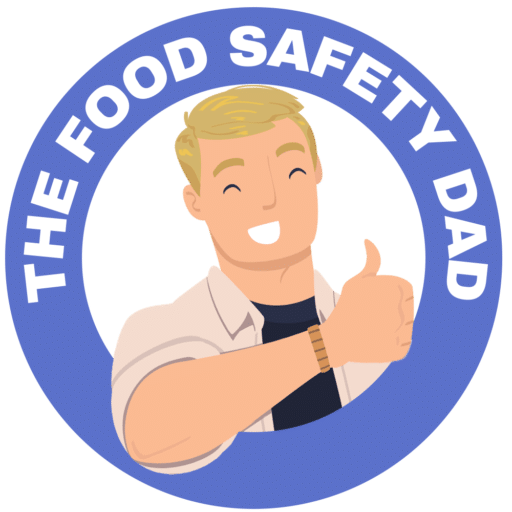Chocolate is a beloved treat around the world, enjoyed for its rich taste and comforting qualities. However, there’s a dark side to chocolate that’s worth discussing—its potential toxicity. But before you put down that chocolate bar in alarm, let’s explore what makes chocolate poisonous, to whom, and just how much chocolate is considered too much.
The component in chocolate that can be toxic is theobromine, a bitter alkaloid similar to caffeine. Theobromine is found in varying amounts in cocoa beans, with darker, more concentrated chocolates containing higher levels of theobromine. White chocolate contains negligible amounts of theobromine, while milk chocolate has more, and dark and baking chocolates have the highest concentrations.s can metabolize theobromine much more effectively than some other animals, like dogs and cats. This is why chocolate is famously toxic to our furry friends. However, in large enough amounts, theobromine can be dangerous to humans as well.
Symptoms of theobromine poisoning in humans include:
Severe cases can potentially lead to heart failure, seizures, and even death, though such extreme outcomes are rare in humans.
Determining a toxic dose of chocolate for humans isn’t straightforward because individual tolerance can vary based on factors such as age, weight, and overall health. However, some estimates suggest that mild signs of theobromine poisoning can occur with the acute consumption of around 1,000 milligrams of theobromine. To put this into perspective, you would need to eat roughly:
…for a 70 kg (154 lbs) person to reach these levels. These amounts are much higher than what people would typically consume in one sitting.
It’s important to note that even though the risk of theobromine poisoning is low, eating large amounts of chocolate in a short period can still cause stomach discomfort, weight gain, and other health issues due to high sugar and fat content.
Certain people may be more sensitive to the effects of theobromine and caffeine. These include:
Children are more susceptible to theobromine poisoning due to their smaller body size and might experience symptoms after consuming less chocolate than an adult. It is essential to keep chocolate, especially dark and baking chocolate, out of reach of children to prevent accidental ingestion of large amounts.
In conclusion, while chocolate does have the potential to be poisonous, the risk to humans is generally low when consumed in moderation. It’s important to enjoy chocolate as part of a balanced diet and to be mindful of the type of chocolate you’re eating, as well as your own sensitivity to theobromine and caffeine. If you suspect you or someone you know has consumed a dangerous amount of chocolate, seek medical attention immediately.
For more detailed information on the effects of theobromine and caffeine, resources from institutions like the FDA and the CDC can provide additional insights and guidelines on dietary consumption. Remember, chocolate is a treat, and like all indulgences, it’s best enjoyed in moderation.


